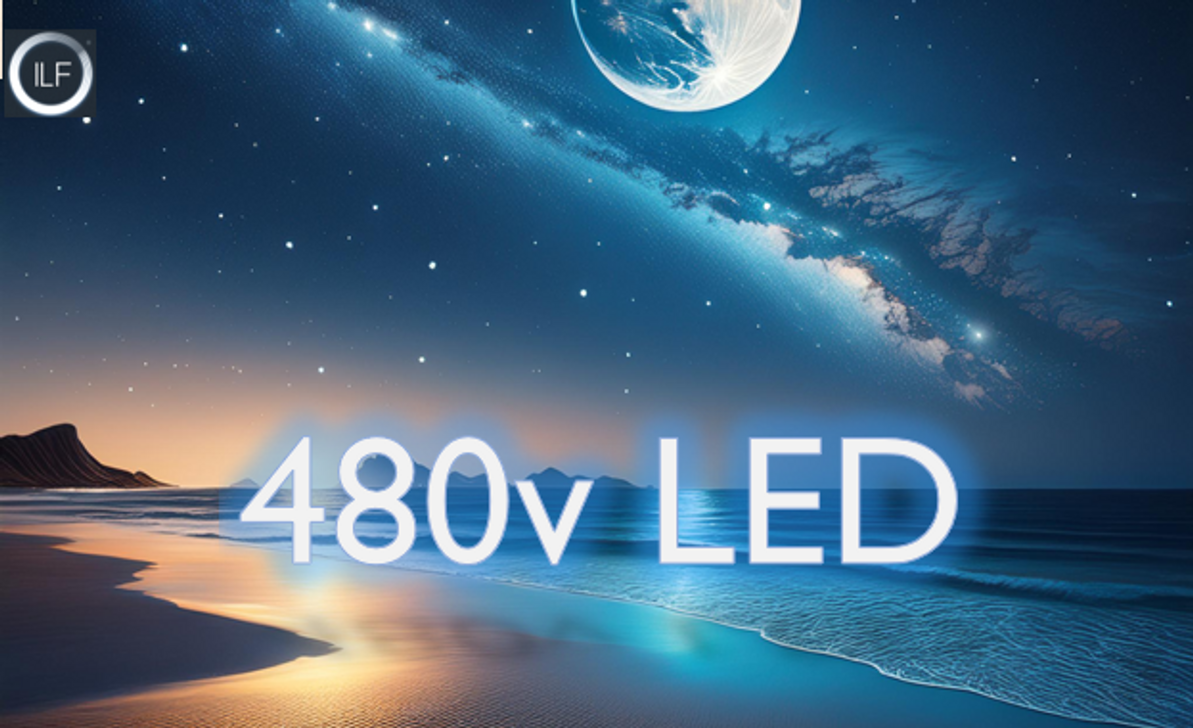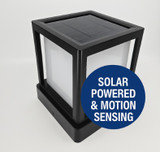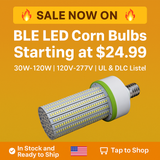480v Lighting and Code Compliance - How do I get this right?
Code compliance for 480V lighting systems is essential to ensure safety, reliability, and adherence to standards set by regulatory bodies. In the United States, the primary codes and standards that apply to lighting systems include the National Electrical Code (NEC), published by the National Fire Protection Association (NFPA), and standards from the Occupational Safety and Health Administration (OSHA). Here’s a breakdown of key compliance considerations for 480V lighting systems:
1. NEC Requirements:
The NEC (NFPA 70) is the fundamental electrical code for ensuring safety in electrical installations, including 480V lighting. Here are the relevant articles and sections to consider:
- Article 110: General Requirements for Electrical Installations
- Outlines working space, access, and safety considerations for high-voltage installations.
- Requires a minimum clear working space around high-voltage panels and equipment (typically 3 feet for 480V systems).
- Article 210 and 215: Branch Circuits and Feeders
- Specifies the sizing of overcurrent protection devices (e.g., fuses and circuit breakers) and conductor sizing for branch circuits and feeders.
- Article 240: Overcurrent Protection
- Details the requirements for protecting circuits from overcurrent using appropriate fuses and circuit breakers. For 480V systems, overcurrent devices must be rated for the system voltage.
- Article 250: Grounding and Bonding
- Mandates proper grounding and bonding of the system to prevent electrical shock and ensure safe operation. High-voltage systems like 480V must have a low-impedance path to ground.
- Article 410: Luminaires, Lamp Holders, and Lamps
- Contains installation requirements for lighting systems, including voltage ratings, mounting methods, and enclosure types for different environments (e.g., damp, wet, or hazardous locations).
- Article 500-503: Hazardous (Classified) Locations
- If 480V lighting is used in potentially explosive or flammable environments, such as chemical plants or refineries, the code dictates special fixture designs and wiring practices to minimize the risk of ignition.
- Article 600: Electric Signs and Outline Lighting
- Addresses special considerations for high-voltage signs and exterior lighting, which may use 480V for efficiency.
2. OSHA Regulations:
OSHA enforces workplace safety standards and often refers to the NEC for electrical compliance. Key OSHA requirements for 480V lighting systems include:
- OSHA 1910.303: Requires electrical equipment to be installed in accordance with NEC guidelines and mandates regular inspections to ensure compliance.
- OSHA 1910.147 (LOTO): Outlines the lockout/tagout procedures to de-energize circuits safely during maintenance to prevent accidental energization.
- OSHA 1910.335: Specifies the use of personal protective equipment (PPE) when working near exposed energized parts.
3. Voltage Markings and Labeling:
- NEC 110.22 and NEC 408.4 require clear labeling of panels and disconnect switches to indicate the presence of 480V circuits.
- High-voltage areas should have signage that includes "DANGER—480 VOLTS" to alert personnel to potential hazards.
4. Emergency Lighting and Backup Systems:
- If 480V lighting is part of emergency lighting or egress lighting systems, it must comply with NEC Article 700 (Emergency Systems), ensuring adequate backup power and automatic transfer switching.
5. Conductor and Insulation Ratings:
- Conductors in 480V systems must be rated appropriately (typically 600V insulation or higher), and their ampacity must be adjusted based on installation conditions (e.g., temperature and conduit fill).
6. Environmental Considerations:
For environments exposed to moisture, dust, chemicals, or explosive gases, the NEC mandates specific fixture ratings such as NEMA (National Electrical Manufacturers Association) enclosures or hazardous location-rated fixtures.
7. Local Codes and Standards:
In addition to national standards, always check local amendments or state electrical codes, as these may have stricter requirements or additional regulations for 480V systems.
Common Compliance Issues to Watch For:
- Improper Overcurrent Protection: Incorrectly sized circuit breakers or fuses can cause overheating and pose a fire risk.
- Inadequate Grounding/Bonding: Missing or improper grounding can result in shock hazards and increased risk of equipment damage.
- Non-compliant Fixtures: Using non-rated fixtures in damp, hazardous, or high-temperature locations.
- Poor Labeling/Signage: Lack of clear labeling can lead to accidental contact or maintenance errors.
Ensuring that your 480V lighting system is up to code not only helps maintain safety but also reduces the risk of fines and operational interruptions.
Recent Posts
-
How Long Will Solar Powered Lighting Operate in the Rain?
How Solar Light Fixtures Can Run for 10 Rainy Days If you’ve ever wondered how a Commercial solar li …Jul 30th 2025 -
Spotlight - The IL-SPG54 Smart Solar Walkway Light: Where Performance Meets Simplicity
Introducing the IL-SPG54 Smart Solar Walkway Light: Where Performance Meets Simplicity When it comes …Jun 16th 2025 -
Corn Bulb Sale - While supplies last!
⚡ Limited Time Sale – BLE Series Corn Lamps Starting at $24.99! Stock up now while supplies last – p …Jun 11th 2025






